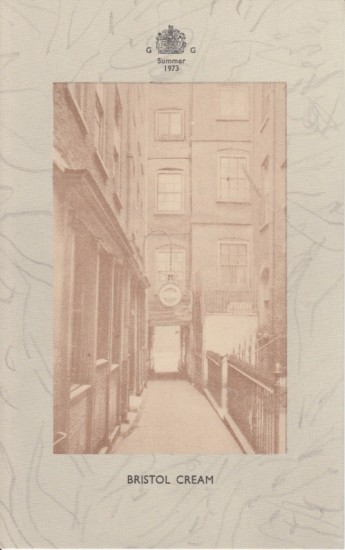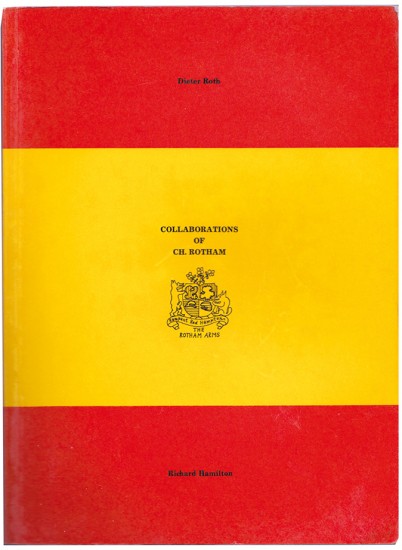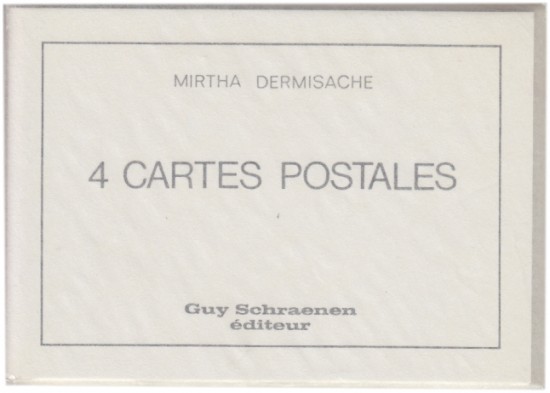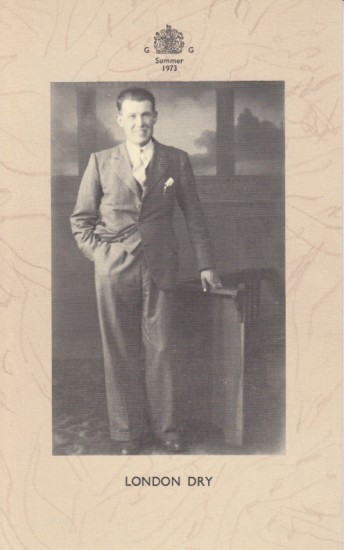The First [ - Fift] Booke of Architecture, Made by Sebastian Serly ... Translated Out of Italian into Dutch, and out of Dutch into English
Serlio, Sebastian
London. Printed for Robert Peake [at London, by Simon Stafford], and are to bee sold at his Shop, neere Holborn Conduit, next to the Sunne Tauerne. 1611
Sold
An excellent and very large copy of the first and only complete edition of Serlio in English, the first complete work on architecture published in the English language.
Sebastian Serlio's seminal works on architecture were of very considerable significance for the spread of the study (and to the practise) of architecture in Western Europe both because of their own intrinsic merit and from the incidental fact that Serlio's were the very first original illustrated architectural treatises of the renaissance period (the only previous illustrated architectural books had been editions of Vitruvius). The entire history of the publication of Serlio's works is complicated (he published Book IV before any of the others) but this English edition made use of the blocks cut for the various editions of Books I - V published by Pieter Coecke van Aelst and his widow (Book IV - 1539, Book III - 1546, Books I, II and V - 1553). The same blocks were then used for collected editions in the 1540s and 1550s, Cornelis Claesz's 1606 Amsterdam edition and the 1608 - 1609 Basel edition before their purchase by (one presumes) Peake; the heavy inking in the present edition gives an indication of the wear the blocks had suffered but they were re-used once more for a further edition in Dutch in 1616.
Serlio's five books: 'Of Geometrie' (I), 'Of Perspective' (II), 'Of Antiquitie' (III), 'Of the Thuscana, Dorica, Ionica, Corinthia, Composita ... &c.' (IV) and 'Of divers formes of Temples' (V) provided a complete course of instruction, theoretical and practical and illustrated with examples, for the architect, builder or student of architecture. It is therefore entirely unsurprising that this English edition was used extensively by 17th-century architects and their patrons and was influential in the development of English illustrated and technical books. Inigo Jones made use of the woodcuts in Book II ('Of Perspective' which treats also of stage design) in his own designs for masques at court and it is known that John Evelyn owned a copy. The woodcut alphabet printed on two leaves at the close of Book IVis 'the first large decorative alphabet to appear in an English printed book' (Weinreb).
'Of greatest rarity.' (Weinreb).
'First English edition of five books. This translation of Serlio is the earliest connected work on architecture in the English language.' (Fowler).
'The impressive physical appearance of the 1611 Serlio - in particular its careful marriage of text and illustration so that both could be consulted at once, even though this demanded extra expense on paper and composition - reflects Serlio's revolutionary approach to book design ... '. (Millard).
The copy presented here - given the margin size it is tempting to describe it as a large paper issue - has an intriguing feature, in that Book V is printed on a slightly shorter paper stock. Given the debate as to the printing of the work - see BAL RIBA for the contributions (or possible contributions in some cases) of Simon Stafford, Thomas Snodham and the widow of Hans Wootneel - and the necessary complication of printing a work of this scope, it may be that Book V was indeed printed by a different printer to the remaining books. The deckle edges found in several of the earlier books, the apparently untrimmed state of the leaves in Book V (this book too demonstrates ample margins) combined with the fact that all other traced copies are shorter even than the leaves of Book V in the present copy suggest that copies were trimmed to the size of Book V after printing. The only other examined copy in a contemporary binding (it featured a sheet size of 366 x 244 mm against the present Book V's 372 x 252 mm) appears to support this hypothesis although further research may be required.
This, the first English edition of Serlio, as per Fowler, 'the earliest connected work on architecture in the English language', is scarce on the market in any condition and of particular scarcity in good condition; this has often been explained in terms of the use (usefulness even) of the book and its appeal to contemporary builders and architects as a manual. Whatever the explanation, this copy, from the library of the Earls of Macclesfield (although not sold as part of their library in the extensive series of auctions held at Sotheby's between 2004 and 2008) is remarkable for its size and condition.
[Fowler 331; Millard 74; BAL RIBA 2976 (incomplete); see Weinreb 16:13, 40:374, 51:648].
Sebastian Serlio's seminal works on architecture were of very considerable significance for the spread of the study (and to the practise) of architecture in Western Europe both because of their own intrinsic merit and from the incidental fact that Serlio's were the very first original illustrated architectural treatises of the renaissance period (the only previous illustrated architectural books had been editions of Vitruvius). The entire history of the publication of Serlio's works is complicated (he published Book IV before any of the others) but this English edition made use of the blocks cut for the various editions of Books I - V published by Pieter Coecke van Aelst and his widow (Book IV - 1539, Book III - 1546, Books I, II and V - 1553). The same blocks were then used for collected editions in the 1540s and 1550s, Cornelis Claesz's 1606 Amsterdam edition and the 1608 - 1609 Basel edition before their purchase by (one presumes) Peake; the heavy inking in the present edition gives an indication of the wear the blocks had suffered but they were re-used once more for a further edition in Dutch in 1616.
Serlio's five books: 'Of Geometrie' (I), 'Of Perspective' (II), 'Of Antiquitie' (III), 'Of the Thuscana, Dorica, Ionica, Corinthia, Composita ... &c.' (IV) and 'Of divers formes of Temples' (V) provided a complete course of instruction, theoretical and practical and illustrated with examples, for the architect, builder or student of architecture. It is therefore entirely unsurprising that this English edition was used extensively by 17th-century architects and their patrons and was influential in the development of English illustrated and technical books. Inigo Jones made use of the woodcuts in Book II ('Of Perspective' which treats also of stage design) in his own designs for masques at court and it is known that John Evelyn owned a copy. The woodcut alphabet printed on two leaves at the close of Book IVis 'the first large decorative alphabet to appear in an English printed book' (Weinreb).
'Of greatest rarity.' (Weinreb).
'First English edition of five books. This translation of Serlio is the earliest connected work on architecture in the English language.' (Fowler).
'The impressive physical appearance of the 1611 Serlio - in particular its careful marriage of text and illustration so that both could be consulted at once, even though this demanded extra expense on paper and composition - reflects Serlio's revolutionary approach to book design ... '. (Millard).
The copy presented here - given the margin size it is tempting to describe it as a large paper issue - has an intriguing feature, in that Book V is printed on a slightly shorter paper stock. Given the debate as to the printing of the work - see BAL RIBA for the contributions (or possible contributions in some cases) of Simon Stafford, Thomas Snodham and the widow of Hans Wootneel - and the necessary complication of printing a work of this scope, it may be that Book V was indeed printed by a different printer to the remaining books. The deckle edges found in several of the earlier books, the apparently untrimmed state of the leaves in Book V (this book too demonstrates ample margins) combined with the fact that all other traced copies are shorter even than the leaves of Book V in the present copy suggest that copies were trimmed to the size of Book V after printing. The only other examined copy in a contemporary binding (it featured a sheet size of 366 x 244 mm against the present Book V's 372 x 252 mm) appears to support this hypothesis although further research may be required.
This, the first English edition of Serlio, as per Fowler, 'the earliest connected work on architecture in the English language', is scarce on the market in any condition and of particular scarcity in good condition; this has often been explained in terms of the use (usefulness even) of the book and its appeal to contemporary builders and architects as a manual. Whatever the explanation, this copy, from the library of the Earls of Macclesfield (although not sold as part of their library in the extensive series of auctions held at Sotheby's between 2004 and 2008) is remarkable for its size and condition.
[Fowler 331; Millard 74; BAL RIBA 2976 (incomplete); see Weinreb 16:13, 40:374, 51:648].
[206 leaves; each book with foliation to leaves at upper right: (3), 13 (including misfoliation); (1), 26 (including final blank leaf); (1), 73; 72 (including misfoliation); 16]. Collation supplied on request. Folio. (398 x 270 mm). Illustrated title to each book (title of Book I repeated for Book V and Book II for Book IV), Book III title without imprint, leaf with dedication to 'Henry, Prince of Wales' (d. 1612), leaf with 'To the Louers of Architecture' in Book I and text and illustration of Books I - V, decorative woodcut initials and head- and tail-pieces throughout and 403 woodcut illustrations (BAL RIBA's count) including many full-page (sheet size: 386 x 258 mm), a number of leaves printed as bifolia and mounted on tabs, all printed from the blocks made for Pieter Coecke van Aelst (and possibly cut by him or Cornelis Bos). Black letter text throughout with prefaces, dedications and headlines in Roman or italic types (also some passages in Books IV and V). Title to Book I trimmed to woodcut border and laid down at an early date, occasional minor tears to sheet edges, occasional very minor stains and imprint 'Printed for Robert Peake' crossed through in black ink (printed) in Book IV, Book V printed on slightly smaller stock (see below); with blank leaf N2 at conclusion of Book II. Full contemporary calf, boards ruled with double fillets in blind, banded spine ruled in gilt with red leather label with gilt title and double-headed eagle tool in seven compartments, red speckled edges.
#46927









